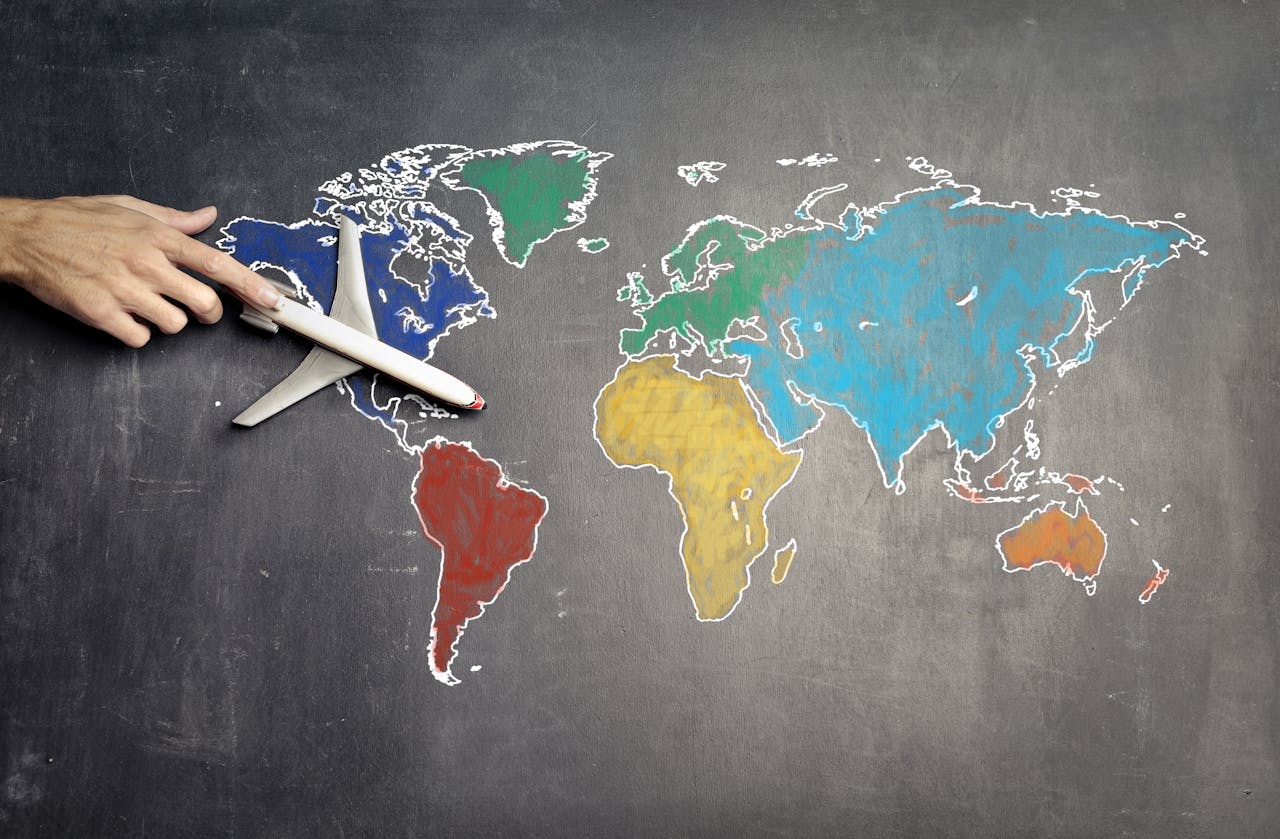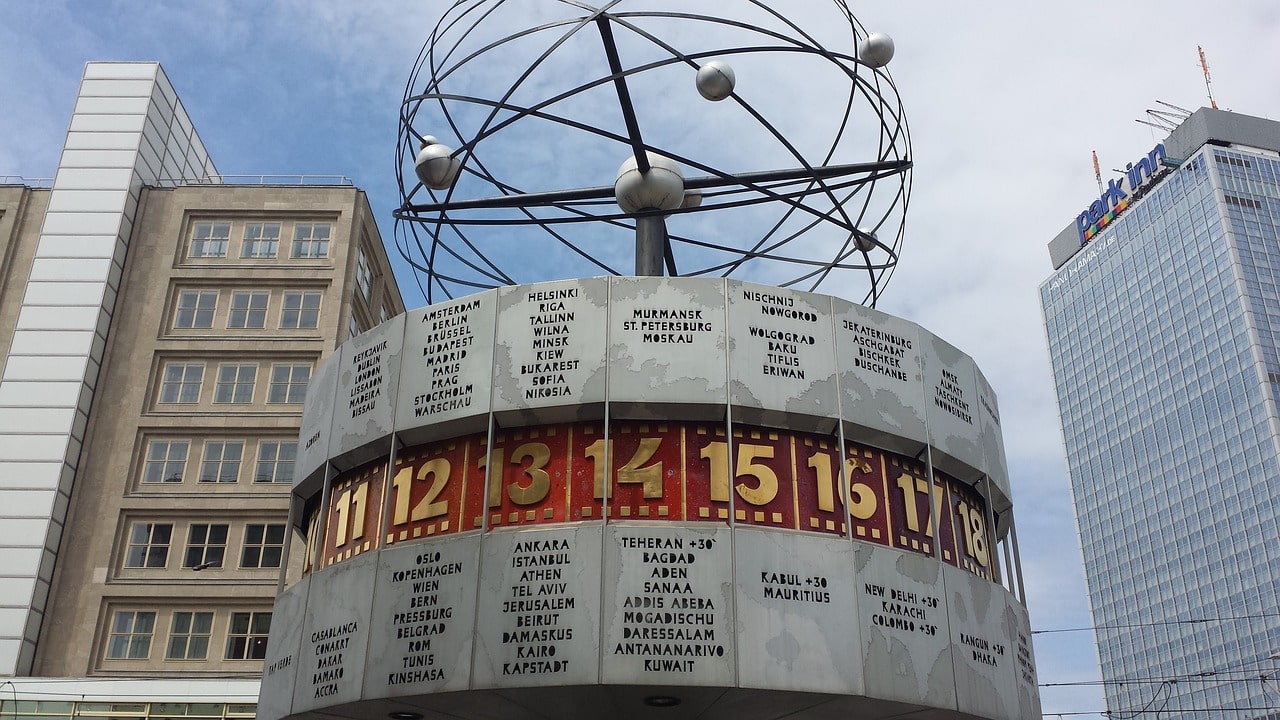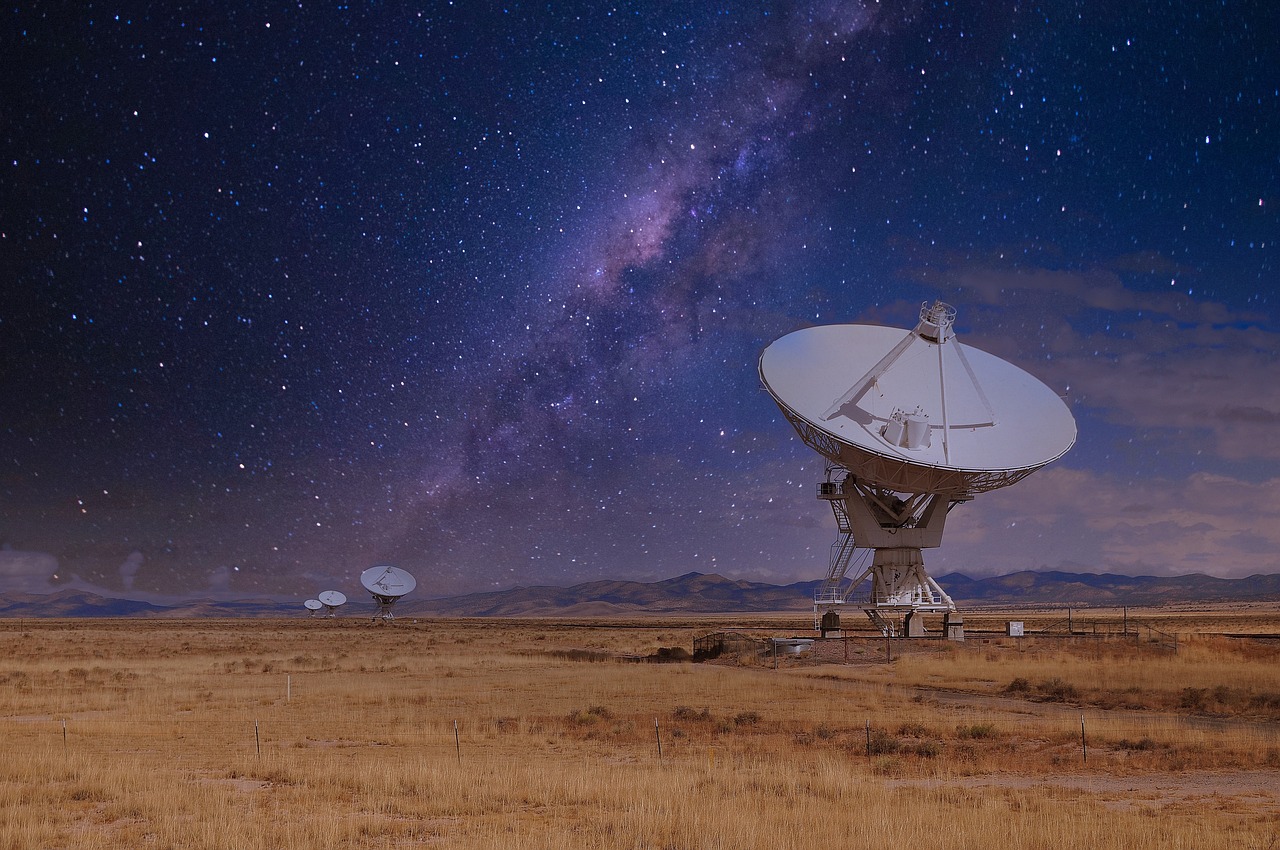Why Time Zones Matter
The need to coordinate travel, communication, and business across regions led to the creation of time zones, which standardize time and address the issue of varying local times to synchronize global activities.

Before time zones, people relied on the sun's position to determine the time of day. It worked well for local communities, but as transportation improved and people began to travel longer distances, the consistency in timekeeping became a problem. In the 19th Century, the need for a standardized time system became apparent.
The Origin of Time Zones
Sir Sandford Fleming, a visionary Canadian railway planner, encountered a significant challenge as the railway network expanded across vast distances. Each city and town operated on its own local time, based on the sun's position. This lack of a standardized time system made creating accurate and reliable train schedules nearly impossible. Trains arriving or departing from different locations often faced delays and confusion due to the varying local times, leading to missed connections and disrupted travel plans. This challenge highlighted the need for a standardized time system, leading to the development of time zones.
Establishing the Prime Meridian
The need for a single Prime Meridian arose from having a universal reference point for timekeeping and navigation. Before its establishment, countries, and cities used their prime meridians, leading to confusion in global communication, navigation, and time coordination. A single Prime Meridian provided a standardized starting point for measuring longitude and time zones, ensuring consistency across maps, clocks, and international schedules. This was especially crucial for global trade, travel, and scientific research, which required a standard frame of reference to avoid discrepancies and improve efficiency.
The International Meridian Conference
In 1884, the International Meridian Conference was held in Washington, D.C. This conference was a pivotal moment in the history of timekeeping. Delegates from 25 countries gathered to establish a standard system for timekeeping. The conference decided to designate the Greenwich Meridian (in Greenwich, England) as the prime meridian, or the starting point for measuring time zones. It divided the world into 24 time zones, each one hour apart from its neighboring zones. This system allowed for a more consistent and predictable way to coordinate time.
Additionally, the conference introduced the International Date Line, an imaginary line along the 180th meridian. This line marks where each new calendar day begins, ensuring continuity in timekeeping as one crosses between different time zones. Crossing the line results in a change of date, further aiding in global synchronization and maintaining orderly timekeeping across the globe.
Greenwich was chosen as the prime meridian due to its prestigious Royal Observatory, the global adoption of Greenwich Mean Time in maritime navigation, Britain's significant maritime influence, and the broad international agreement reached at the 1884 conference.
Time Zones in the 20th Century
Despite the 1884 conference establishing Greenwich Mean Time (GMT) as the global standard, many French maps continued to use Paris as the prime meridian until 1911. France only officially adopted GMT in 1911 and later Coordinated Universal Time (UTC) in 1978.
In the United States, standard time zones were legally established with the Act of March 19, 1918, which also introduced daylight saving time, though DST was repealed in 1919. The Interstate Commerce Commission (ICC) regulated time zone boundaries.
By the late 1920s, most countries used hourly time zones, though some regions adopted 30 or 45-minute deviations, and countries like China used a single time zone despite their sizeable geographic extent.


